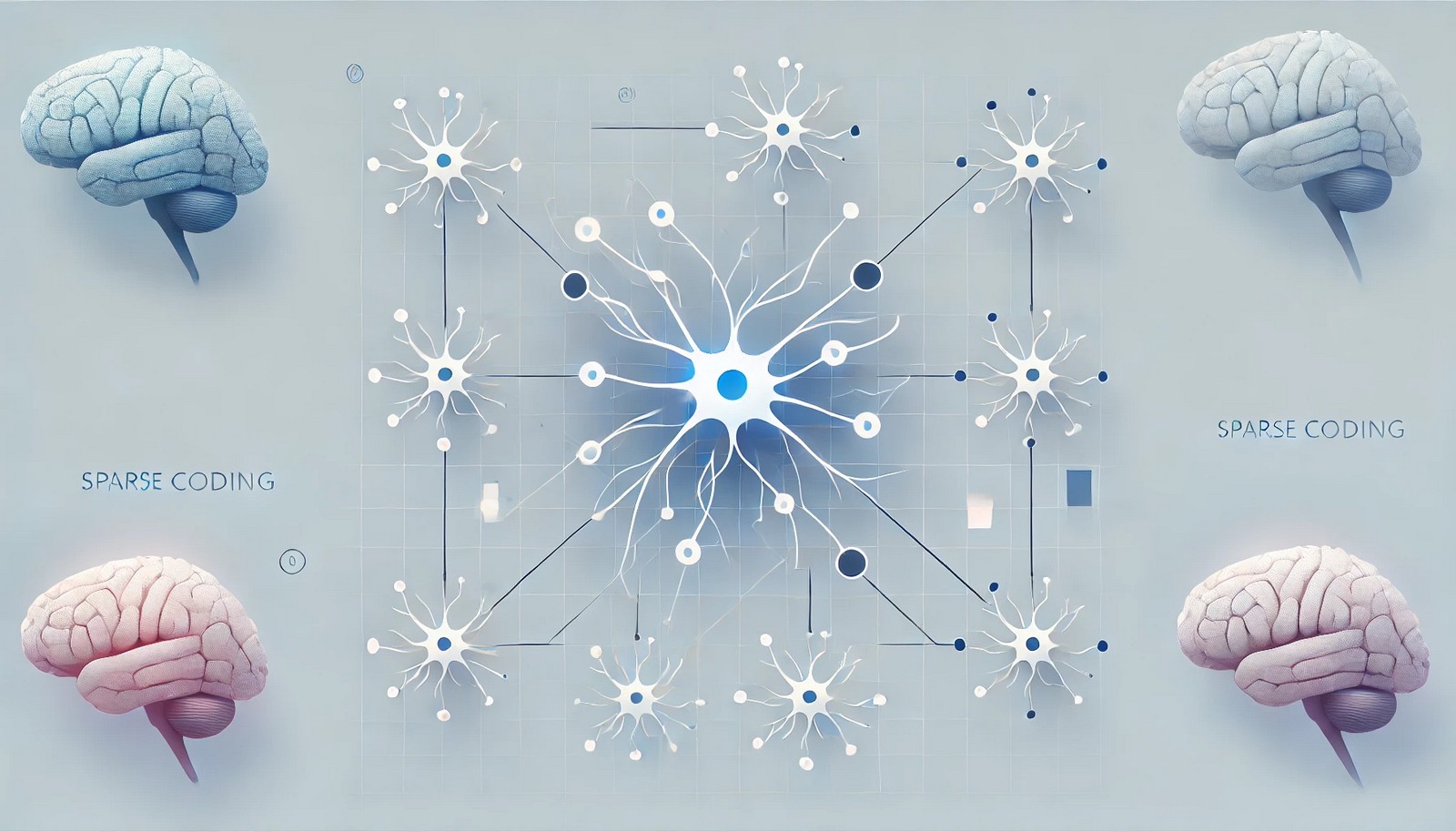Sparse Coding Networks

Quick Navigation:
- Sparse Coding Networks Definition
- Sparse Coding Networks Explained Easy
- Sparse Coding Networks Origin
- Sparse Coding Networks Etymology
- Sparse Coding Networks Usage Trends
- Sparse Coding Networks Usage
- Sparse Coding Networks Examples in Context
- Sparse Coding Networks FAQ
- Sparse Coding Networks Related Words
Sparse Coding Networks Definition
Sparse Coding Networks refer to a neural network model that represents data with sparse, efficient encodings, inspired by the brain's information processing. Sparse coding is particularly useful for reducing redundancy and extracting high-level features, making it valuable in unsupervised learning and neuroscience-based models. These networks aim to represent information by activating only a small subset of neurons, resulting in a compact representation that retains essential information.
Sparse Coding Networks Explained Easy
Imagine you have a big book of colored pictures, but you only need a few key colors to understand the main theme of each picture. Sparse coding works similarly: it uses only a few bits of information, like colors, to capture the most important details while ignoring the rest.
Sparse Coding Networks Origin
Sparse coding originated from neuroscience studies, where researchers observed that certain brain cells, like those in the visual cortex, respond only to specific stimuli. This selective activity inspired scientists to replicate this model in artificial neural networks for efficient data representation.
Sparse Coding Networks Etymology
The term "sparse" reflects the network's focus on using minimal data or neuron activations to encode information, while "coding" refers to how data is represented.
Sparse Coding Networks Usage Trends
Sparse coding has seen growing application in AI, especially in image recognition and speech processing, where efficient encoding helps compress large datasets without losing critical details. The rise in computational resource management and emphasis on efficient AI models have made sparse coding a popular technique in recent years.
Sparse Coding Networks Usage
- Formal/Technical Tagging:
- Artificial Intelligence
- Machine Learning
- Data Representation - Typical Collocations:
- "sparse coding algorithm"
- "sparse network representation"
- "neural activation sparsity"
Sparse Coding Networks Examples in Context
- Sparse coding networks are used in image compression, where only key features are stored to reduce file size without compromising quality.
- Neuroscience research utilizes sparse coding models to understand how brain neurons process visual information.
- In speech recognition, sparse coding networks help in compressing audio data for efficient analysis and accurate transcription.
Sparse Coding Networks FAQ
- What are Sparse Coding Networks?
Sparse Coding Networks are AI models that represent data using minimal, efficient neuron activations for encoding information. - How does sparse coding differ from traditional neural networks?
Sparse coding activates fewer neurons, focusing only on essential data features, unlike traditional networks that often use more comprehensive neuron activity. - Why is sparse coding important in AI?
It enables efficient data processing, reducing memory and computation requirements while retaining valuable information. - What fields benefit from sparse coding networks?
Fields like neuroscience, image recognition, audio processing, and efficient data storage benefit from sparse coding networks. - How are Sparse Coding Networks inspired by the brain?
Sparse coding is modeled after the brain's selective neuron activity, seen in areas like the visual cortex. - Are Sparse Coding Networks supervised or unsupervised?
They are typically used in unsupervised learning due to their focus on feature extraction and pattern discovery. - What are common algorithms used in sparse coding?
Algorithms include Independent Component Analysis (ICA) and K-SVD, both aiming for compact data representations. - Can sparse coding improve machine learning performance?
Yes, by reducing redundancy, sparse coding can enhance model efficiency and performance in specific tasks. - How does sparse coding affect data storage?
Sparse coding minimizes storage needs by encoding only essential information, making it useful for large datasets. - Is sparse coding used in real-time applications?
Sparse coding can support real-time data processing with proper optimization.
Sparse Coding Networks Related Words
- Categories/Topics:
- Neuroscience-inspired AI
- Efficient Data Representation
- Unsupervised Learning
Did you know?
Sparse coding is instrumental in the development of efficient AI for edge devices, like mobile phones and IoT gadgets. By reducing the amount of data that needs to be processed, sparse coding allows AI models to operate with limited computational resources, making them ideal for real-time, on-device AI applications.
PicDictionary.com is an online dictionary in pictures. If you have questions or suggestions, please reach out to us on WhatsApp or Twitter.Authors | Arjun Vishnu | @ArjunAndVishnu

I am Vishnu. I like AI, Linux, Single Board Computers, and Cloud Computing. I create the web & video content, and I also write for popular websites.
My younger brother, Arjun handles image & video editing. Together, we run a YouTube Channel that's focused on reviewing gadgets and explaining technology.



Comments powered by CComment